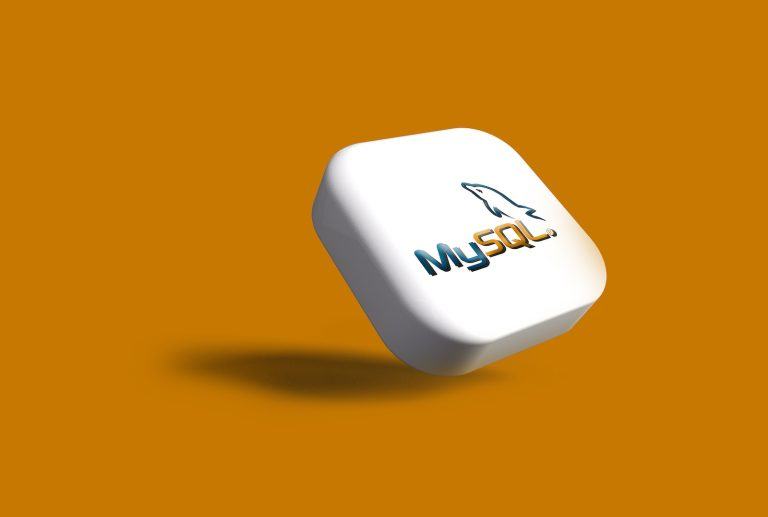MySQL (MariaDB) is an open-source relational database management system that powers a significant portion of the web. However, to get the most out of it, you need to keep it well-optimized. One of the best ways to achieve that is by using MySQLTuner, a Perl script that quickly reviews your MySQL settings and provides recommendations for improved performance and stability.
Table of Contents
Downloading and Installing MySQLTuner
MySQLTuner is an open-source script that you can download directly from its Github repository. Follow these steps to download and install it:
- Log into your Linux server via SSH.
- Before you download MySQLTuner, you need to ensure you have Perl installed. If it’s not, you can install it using the package manager of your distribution. For Debian-based systems, use:
sudo apt-get install perlFor Red Hat-based systems, use:sudo yum install perl - Download MySQLTuner from its Github repository:
wget http://mysqltuner.pl/ -O mysqltuner.pl wget https://raw.githubusercontent.com/major/MySQLTuner-perl/master/basic_passwords.txt -O basic_passwords.txt wget https://raw.githubusercontent.com/major/MySQLTuner-perl/master/vulnerabilities.csv -O vulnerabilities.csv - Once downloaded, make the script executable:
chmod +x mysqltuner.pl
Now that MySQLTuner is installed, let’s see how to use it to analyze your MySQL performance.
Analyzing MySQL (MariaDB) Performance with MySQLTuner
To run the MySQLTuner script, use the following command:
perl mysqltuner.plThis command will prompt you for your MySQL root password. After you enter the password, MySQLTuner will start analyzing your system. It will review your MySQL configuration, the database statistics, and the hardware system in general.
The output will be divided into several sections:
- General Statistics: This section provides an overview of your server’s uptime, the number of databases, and the total number of tables and indexes.
- Storage Engine Statistics: Here, you’ll see the number of tables using the InnoDB and MyISAM storage engines.
- Security Recommendations: This part alerts you of any security vulnerabilities like anonymous accounts or accounts without a password.
- Performance Metrics: This section is the heart of the report. It contains detailed information about the query cache, sorting, joins, and more.
- Recommendations: Finally, MySQLTuner provides specific advice based on its analysis.
Interpreting MySQLTuner’s Recommendations
The recommendations from MySQLTuner are guidelines and not a definitive playbook. They should be reviewed carefully and implemented with discretion. Let’s discuss some common recommendations:
- Adjust the query cache size: MySQL uses the query cache to store the result of SELECT queries. If MySQLTuner recommends increasing the query_cache_size, it means that MySQL could benefit from storing more queries in the cache.
- Increase table_open_cache: This cache is used to store file handles for all threads. Increasing it can improve performance if you have many tables.
- Optimize join statements: If MySQLTuner suggests optimizing your joins, it means that some of your queries are not using indexes. This can slow down query execution time.
- Upgrade MySQL version: MySQLTuner will suggest this if it finds any known vulnerabilities in your current MySQL version.
Improving MySQL (MariaDB) Performance

After reviewing the recommendations, you can adjust your MySQL settings accordingly. The settings are located in the
my.cnf file, usually found in the /etc/mysql/ directory. Open this file with a text editor like nano or vim, and make the necessary changes. For instance:
sudo nano /etc/mysql/my.cnfOnce you’ve made your changes, save the file and exit the editor. You’ll then need to restart the MySQL service for the changes to take effect. For systems using systemd, this would be:
sudo systemctl restart mysqlRemember, changes to the MySQL configuration should be made incrementally, with careful monitoring of the effect. In some cases, increasing values too much can lead to worse performance, or even instability. Also, be aware that your server’s resources are finite. You cannot, for instance, assign more RAM to MySQL than your system physically has available.
Bonus Tip: Performance benefits of using a SSD Disk for MySQL/MariaDB
MySQL (MariaDB), like any other database management system, can greatly benefit from the underlying storage technology, whether it’s Solid State Drive (SSD) or traditional Hard Disk Drive (HDD). This is because I/O operations are a significant part of any database system.
SSDs have no moving parts, using flash memory to store data, which leads to faster data access times. In the case of MySQL, SSDs can handle a high number of IOPS (Input/Output Operations Per Second), which directly affects database performance. The low latency and high-speed data transfer can significantly enhance MySQL operations, especially those that are I/O intensive like large scale read-write operations, complex joins, or full-table scans. Consequently, SSDs can be particularly beneficial for OLTP (Online Transaction Processing) systems or databases with heavy write operations.
On the other hand, traditional HDDs use mechanical parts to read and write data. They’re generally slower than SSDs due to higher latency and lower IOPS. This could result in slower SQL query execution times and overall reduced database performance. However, HDDs offer a higher storage capacity at a lower price, making them a cost-effective choice for data archiving or for databases where performance is not the primary concern.
In a nutshell, if MySQL performance is critical, an SSD will likely provide superior performance due to its higher speed and lower latency. However, the choice between SSD and HDD should consider other factors such as cost, storage capacity, and the specific workload characteristics.
Conclusion
MySQLTuner is a powerful tool for diagnosing performance issues and tuning your MySQL database. However, it’s essential to remember that its suggestions are starting points for tuning, not definitive solutions. Each MySQL deployment is unique, and what works best for one system may not work for another. Always test changes in a controlled environment before deploying them to production.
With careful analysis and thoughtful implementation of MySQLTuner’s recommendations, you can significantly improve the performance and efficiency of your MySQL databases, ensuring your applications run smoothly and your data is readily available when you need it.
Remember, database tuning is not a one-time task, but a continuous process of monitoring, adjusting, and refining. Regular use of MySQLTuner as part of this process can help keep your MySQL databases running at their best.

